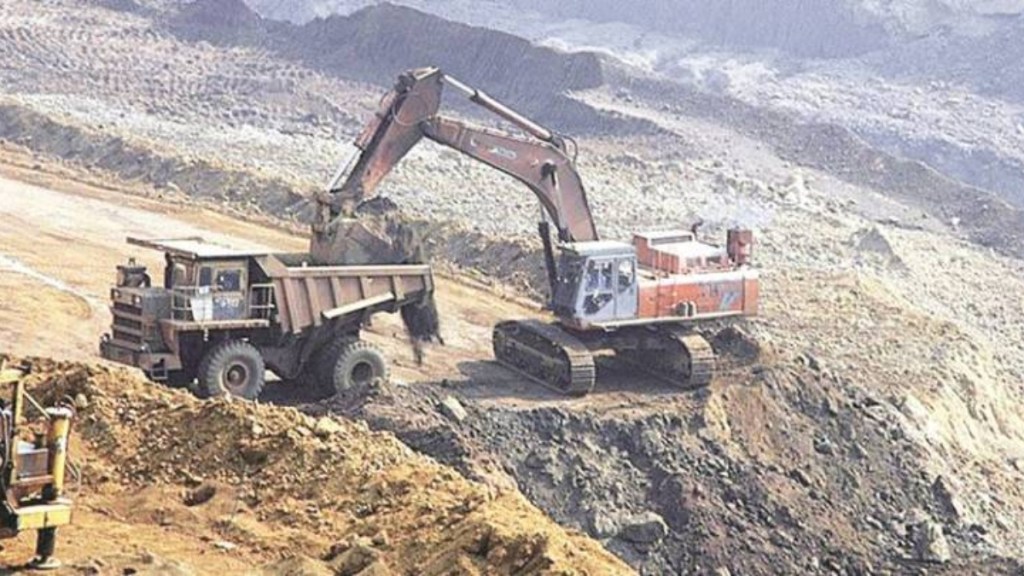A series of attempts by the government over the last few years to fix the policy problems with respect to the mining sector doesn’t appear to have yet enabled the employment-intensive sector to keep pace with the overall economy, let alone outpace it. The National Mineral Policy 2019 set a seven-year road map to increase the value of non-fuel minerals produced in the country by 200%, and halve the foreign trade deficit. However, half-way through that period, the targets only look taller. In the five years to FY23 marred by Covid, value creation in the “mining and quarrying” sector hardly grew, while the overall economy posted average annual growth of 4.3%. Of course, the value of non-hydrocarbon minerals produced in India rose 75% to Rs 1.33 trillion in the three years to FY22 (it has since fallen to Rs 1.18 trillion in FY23). But that was almost entirely due to global prices remaining elevated during long spells of the period, rather than incremental growth in domestic production volume.
To be sure, bauxite output in FY23 was the same as in FY19, while copper ore production was down a fifth, chromite fell 10%, and manganese ore stagnated. As for iron ore, which accounts for two-thirds of the non-fuel minerals excavated, the volumes have greatly fluctuated over the years, but this reflects a certain resilience to the market, rather than a steady, strong growth in production. While there isn’t much to rejoice about the slow or nil growth in the production of minerals occurring on or near the earth’s surface, the situation is even grimmer for deep-seated ones like base metals, gold and diamond, most of which India presumably holds ample reserves.
Of course, the coal sector is now populated with more players, mainly because end-users can sell surplus captive coal rather freely. As for the non-fuel segment, composite leases (prospecting-to-mining), certain tenures as well as transferability of rights and statutory clearances have been facilitated via the 2015 amendments to the Mines and Minerals (Development and Regulation) or MMDR Act, 1957. However, the numbers of metallic and non-metallic mines have only declined in recent years, and the auction regime launched eight years ago after the MMDR Act overhaul, has produced mediocre outcome.
One reason why the mining sector isn’t witnessing enough investments and technology infusion is the heavy tax burden on the players—states’ royalty revenue from mining surged 300% between FY17 and FY22. Coupled with high bid premiums, the taxes jack up the costs to as high as the initial sales values of the resources. Upfront revenues from auction and sundry imposts including royalties and the district mineral fund levy make the Union and state governments overlook the loss of long-term commercial viability of the ventures. Meanwhile, the auction regime has tilted the balance in favour of the integrated players and mine development operators, who are employed on contract basis. Though this would help seamless downstream value creation, job creation hasn’t accelerated, although the mining sector can generate jobs 13 times the agriculture sector and 6 times the manufacturing industry, for every 1% increase in the respective GVA. Policies must be attuned to increase the size of mining blocks for economic feasibility and strengthen forward linkages for value addition (currently, barely 10% of blocks exceed 200-hectare, the standard size in mineral rich countries like Australia or Canada). It’s vital to attract well-equipped foreign players into mineral exploration, with tax incentives and risk mitigation policies.
